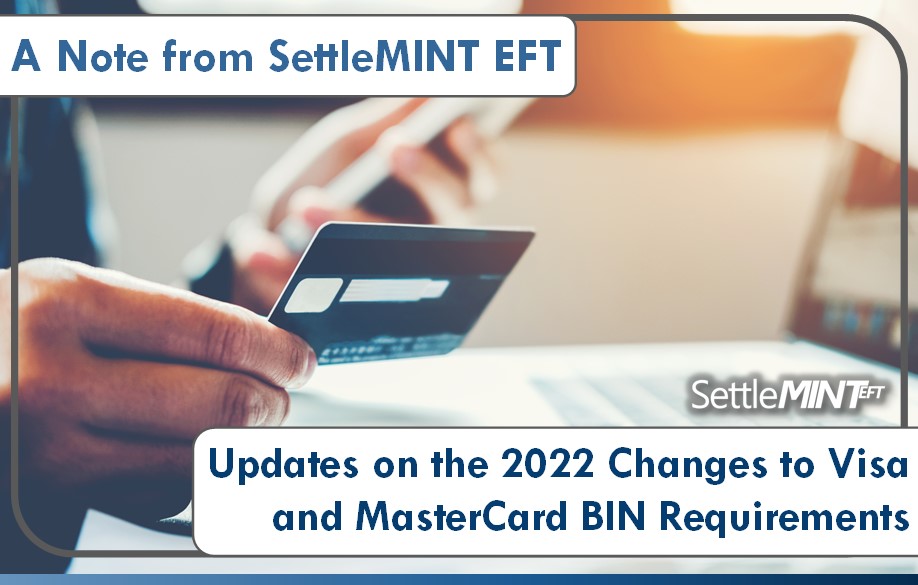As previously announced, effective April 15, 2022, Visa and MasterCard will begin supporting 8-digit BINs.
Why is this change occurring? Essentially, electronic payments are growing. In the past, 6-digit BINs were sufficient to handle the breadth of industry processing and so processors created systems around the 6-digit BIN. But with industry growth, 6-digit BINs are reaching a point of exhaustion. Hence, the move to 8-digit BINs will become the new industry processing standard.
What have we done to prepare? Thus far, CU*Answers has done the following:
- In June of 2021, we announced the creation of a process that would provide reports to credit unions, which would include all of the unique 8-digit BINs. This would also provide opportunities to discuss and engage on projects for consolidating BINs. Please let us know if you need of an additional copy of this report – we would be happy to produce it for your credit union.
- We created projects to convert the 6-digit BINs over to 8-digit BINs. This program will take the cards on CU*BASE and build any 8-digit BINs that are needed. You will see this in your configuration (Tool #146: ATM/Debit/Credit BIN Configuration) once the project is completed.
What’s next? CU*Answers is compliant with the new mandate, as we have typically created BINs up to 9 digits for debit and 10 digits for credit on CU*BASE. These contain the first 6 digits as the root BIN and the remaining digits are optional indicators to separate BINs by type or purpose. In some scenarios, we will also build your 6-digit BIN.
The project we have designed for converting the 6-digit BIN is currently in testing – once we have determined the implementation date, we will follow up with an additional communication to let you know that this change is coming. Please note: this does not take you out of compliance, as we use the 9 digits (for debit and ATM cards) and 10 digits (for credit cards) when ordering cards.
If you have any questions, please reach out to SettleMINT EFT.























